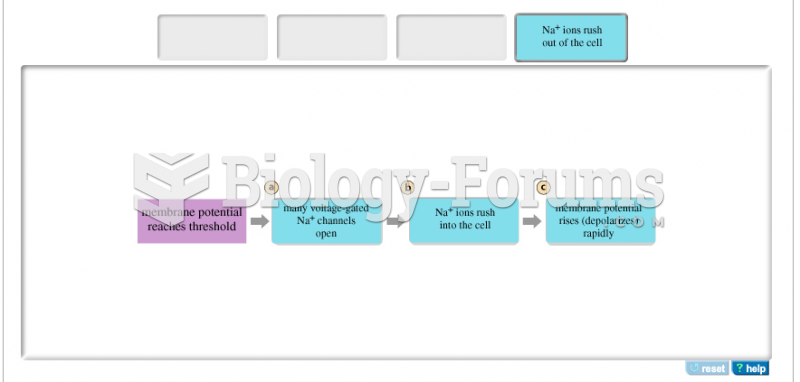Answer to Question 1
B
The primary difference between Medicare Part A and Part B is the care setting. Part A covers acute, inpatient care and some specialized care. Part B covers some costs of outpatient and am-bulatory services. Hospice care is not a difference; Part A and Part B coverage is no longer available for a patient in hospice care. Home care services are not included in Part B, therefore home care cannot be compared with Part A. Invasive procedures are potentially covered by both Part A and Part B.
Answer to Question 2
d, c, b, a
a. Finally, an alcohol prevention program can be a suitable intervention for this older adult if alcohol abuse is a contributing factor. Depending on the assessment data, willingness to avoid alcohol can determine if she has the capacity to live at home or should be in a resi-dential facility to maintain safety.
b. Next, before discharge, the woman's home is inspected for potential safety hazards to prevent future falls and injury and to remove a safety hazard as a contributor to falls.
c. Second, the nurse helps this woman improve incontinence by teaching her strategies to use to improve bladder control. Alcohol abuse increases the risk of incontinence by relaxing the bladder's muscle tone and by increasing an older adult's instability or mobility impairment, so the nurse includes plans to control alcohol intake.
d. The nurse begins planning for home injury prevention by assessing the older adult for risk factors for alcohol abuse and for contributors to alcohol abuse or falls. Assessment data help to identify areas for intervention because falling and incontinence, especially in women, are risk factors for alcohol abuse.







